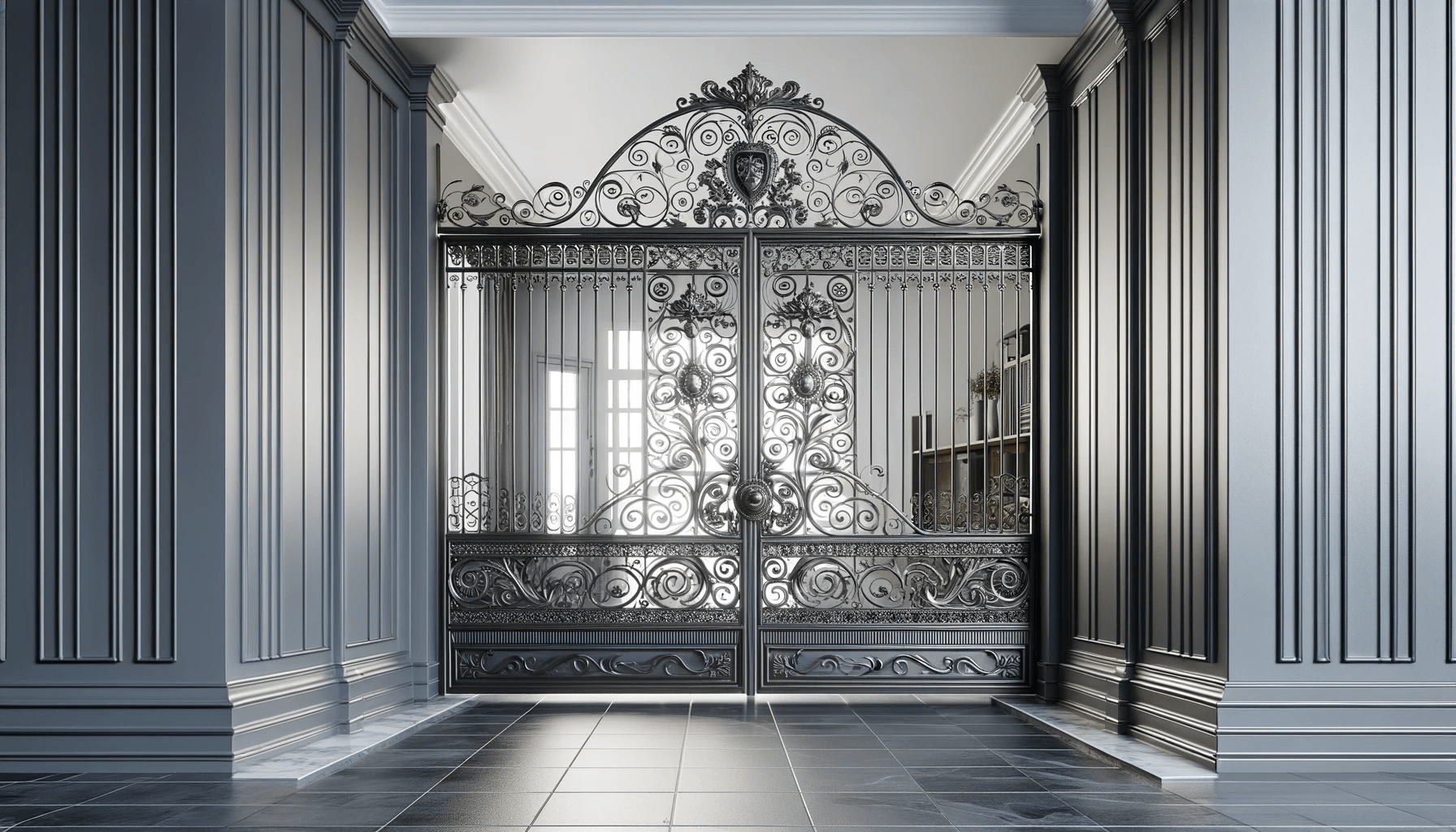Exploring the World of Fencing: A Guide to Materials and Their Uses
Fencing isn’t just a practical addition to your property; it can also be a real eye-catcher, depending on what it’s made of. The variety of materials available for fencing means there’s something to suit every need and taste, whether you’re looking for durability, low maintenance, or just good looks. Let’s take a stroll through the different types of fencing materials and what they bring to the table.
Wood and Vinyl: Classic Charm and Versatility
Wood has long been a favorite for fencing, especially in more rural or suburban areas. It’s got a natural charm and, when you choose the right type of wood and construction, it’s incredibly durable. Popular choices like cedar, redwood, and treated wood stand up well over time. Here’s where wood really shines:
- Traditional picket fences
- Horse fencing with three or four boards
- Decorative and ornate designs
- Rustic styles
- Lattice patterns for a touch of elegance
While wood can be painted or stained to match any color scheme, it does need a bit of upkeep every few years to keep it from rotting or warping.
Metal and Wire: Practicality Meets Endurance
Metal and wire fences might not have the same aesthetic appeal as wood or vinyl, but they offer great value and require minimal upkeep. These fences are perfect if you want to keep an open view of your surroundings. You’ll find metal fencing in various forms:
- Chain link for a straightforward boundary
- Barbed or barbless wire, especially in rural areas
- Woven or welded mesh for different textures
- Aluminum or steel fences that mimic the look of wrought iron
Metal is often the go-to material for chicken wire and cattle panels. It’s treated to resist the elements and corrosion, making it a sturdy option. And it’s pretty simple to set up, too. Chain link, for example, can easily be stretched over metal posts. For livestock fencing, you can use either wooden posts or metal T-posts, but the corners and gates should be anchored firmly.
Wrought iron and modern steel or aluminum panels represent the more upscale side of metal fencing. Iron tends to rust, so steel or aluminum is often used instead to get that grand wrought-iron look without the maintenance headaches.
Other Fencing Options
For more temporary or decorative needs, split and woven bamboo fences are a great choice. Wattle fencing, made from woven wood or vines, adds a charming touch to gardens. Snow fences, typically made of wooden slats or plastic mesh, are practical for blocking snow drifts. In rocky areas, stone fences are a natural and sturdy option.
High-tensile wire is a lightweight yet durable choice for livestock fencing and can even be electrified over long distances.
Choosing the Right Material
When picking your fencing material, think about your budget and where the fence will be. If it’s for animals or security, go for something durable. If it’s more for show, like around your home, choose something that’ll boost your curb appeal.
Don’t Forget the Extras
When budgeting, remember to include the cost of nails, screws, gate hinges, and other hardware. For wooden fences, add stain, sealant, or paint to your shopping list. And if you’re not installing it yourself, factor in the cost of professional installation. Find out more at https://handsworthfencingservices.co.uk/


